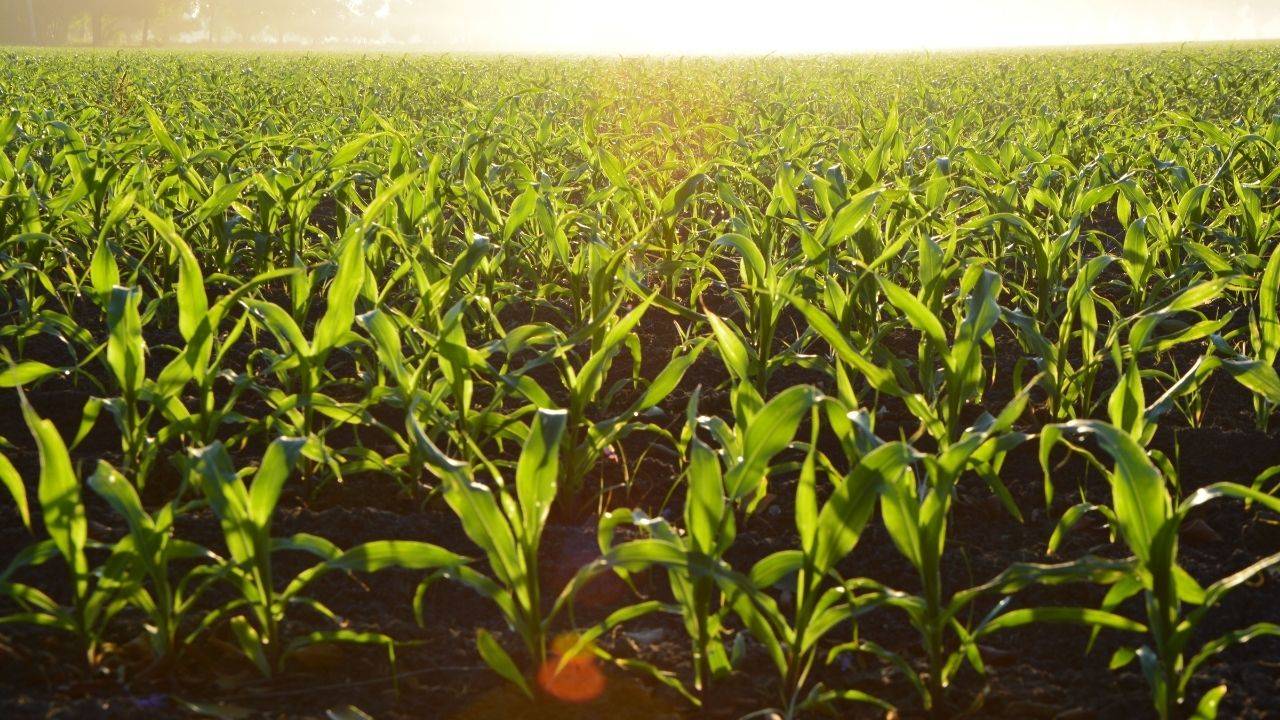The United States is looking to double the cover crop planting to 30 million acres by 2030 as part of a new Department of Agriculture (USDA) conservation program.
To meet this goal, the Natural Conservation Service (NRCS) is ready to spend $38 million to help farmers in 11 states plant crops at a time fields are usually left fallow.
Planting cover crops at this time improves soil health, limits soil erosion, and traps and stores carbon.
Reuters reports that this investment is the latest effort in the agriculture department by the Biden administration to address climate change.
“USDA Secretary Tom Vilsack announced the Environmental Quality Incentives Program’s Cover Crop Initiative, at the American Farm Bureau Federation’s annual convention in Atlanta. The most recent USDA Census of Agriculture showed 15.4 million acres of cover crops were planted in 2017, a fraction of overall acreage devoted to agriculture. Rob Myers, director for the Center for Regenerative Agriculture at the University of Missouri, estimates plantings were as high as 22 million acres in 2021.”
Crop cover planting has rapidly increased in recent years, as many agricultural companies launched carbon farming programs that pay farmers to adopt more sustainable farming practices.
The incentives will be available to farmers and ranchers in Arkansas, California, Colorado, Georgia, Iowa, Michigan, Mississippi, Ohio, Pennsylvania, South Carolina, and South Dakota.
The good news is that USDA aims to expand the list of states in the coming years.
More inspiring green news similar to this:


